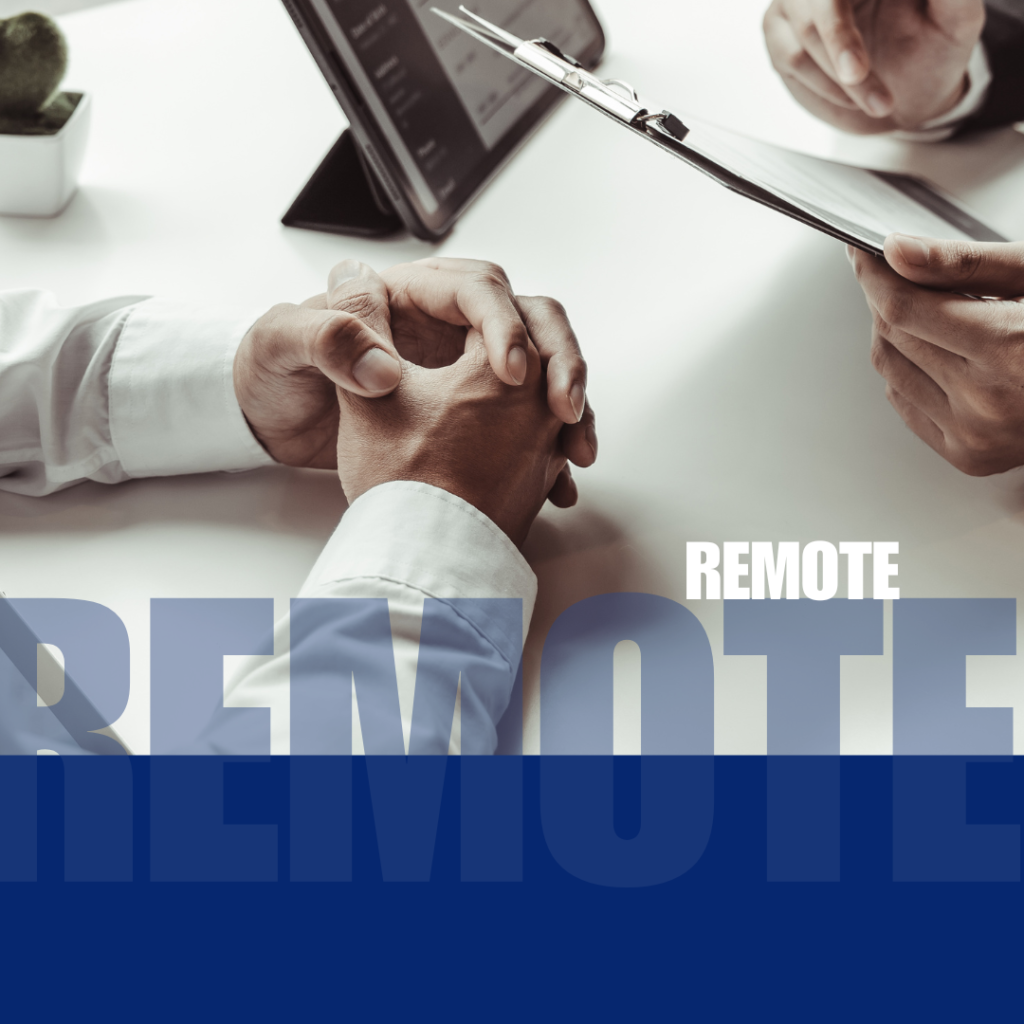
Hybrid Teams and Different Life Rhythms: How to Lead with Biorhythms in Mind
Why “One Time Fits All” Doesn’t Work Anymore
In hybrid teams, people live in different time zones, routines, and rhythms. Some are up before sunrise. Others hit their flow after lunch or deep into the night. Yet many companies still work like it’s 9 to 5 for everyone. Ignoring people’s natural biorhythms leads to frustration, burnout, and missed potential. We can do better. But first, we need to see the problem.
Biorhythms Are Real—and They Matter
Not everyone thinks or works at the same pace. Some team members are sprinters—quick, focused, then done. Others are slow burners—steady and deep, but need more space to process. There’s no “right” way. But forcing all types into the same rhythm kills creativity and energy. Understanding how your team actually operates—not just when they’re online—can change how work flows.
Rethinking Collaboration in Hybrid Work
Hybrid work gives us freedom—but also friction. Meetings scheduled for everyone often suit no one. Some people are drained by back-to-back calls. Others crave structure but get left in async chaos. The key isn’t more rules—it’s more awareness. Ask your team when they feel sharpest, and let that shape your plans. A 9 a.m. brainstorm might feel like torture to a night owl—but magic to an early riser.
Leadership Means Pacing, Not Pushing
Good leadership isn’t about getting everyone to move faster. It’s about setting a rhythm the team can sustain and breathe in. That means letting go of control over time and trusting results. Let people structure their day when possible. Make room for quiet work. Protect time for deep thinking. Don’t reward hustle over health. When biorhythms align with goals, the whole team moves better.
The Future Is Slower, Smarter, and More Human
The most resilient teams aren’t the fastest. They’re the most attuned. As leaders, we can choose to build systems that flex with people’s real lives—not force them into outdated molds. Honoring different speeds is the first step to building trust and long-term momentum. The future of work isn’t about constant availability. It’s about sustainable presence.

